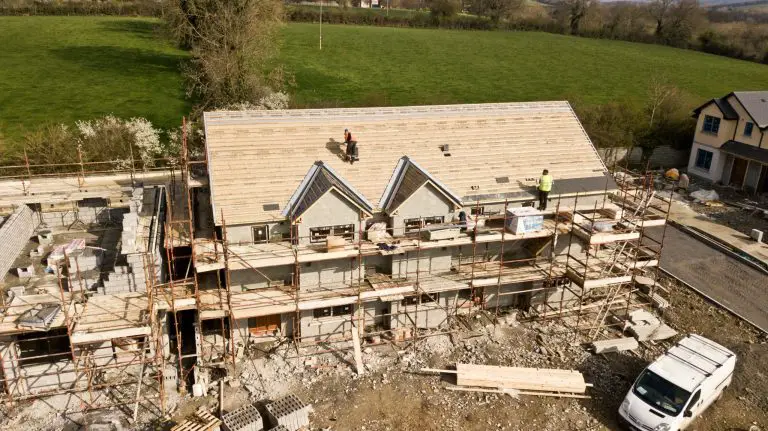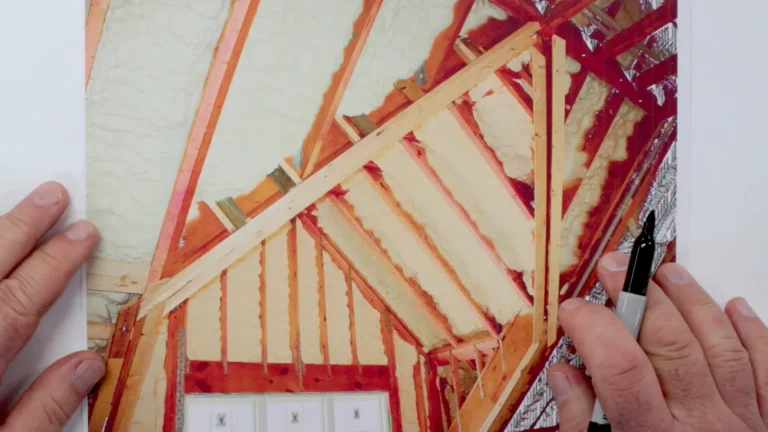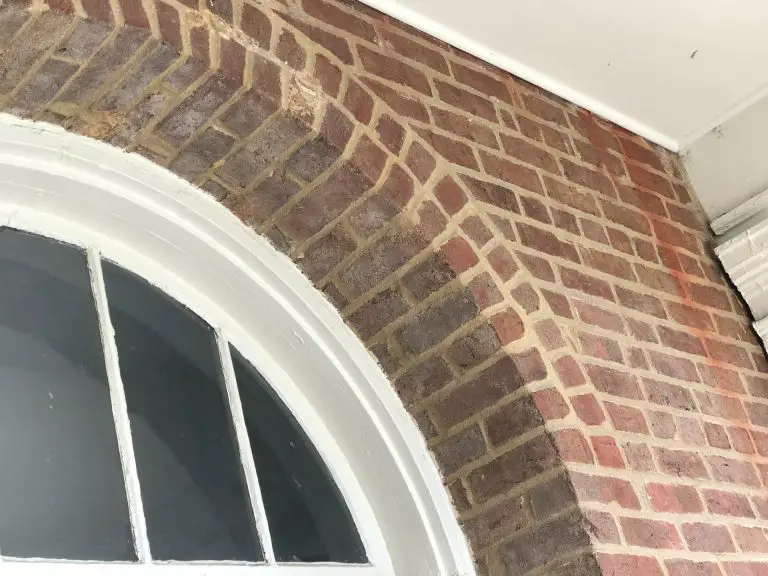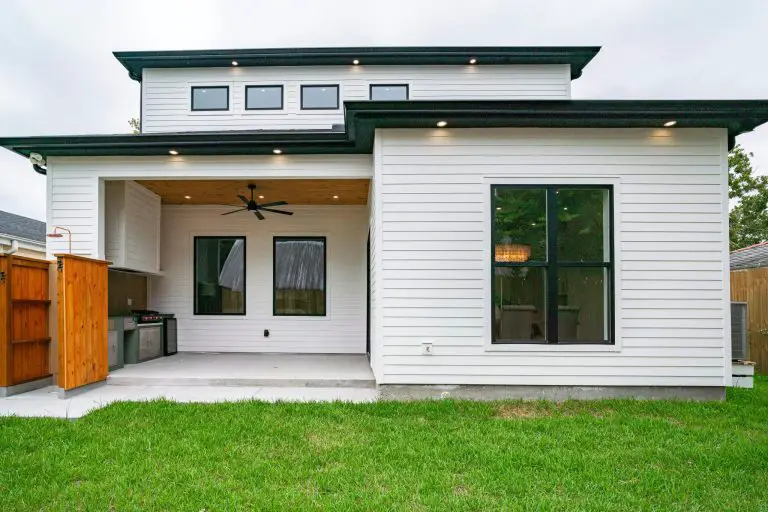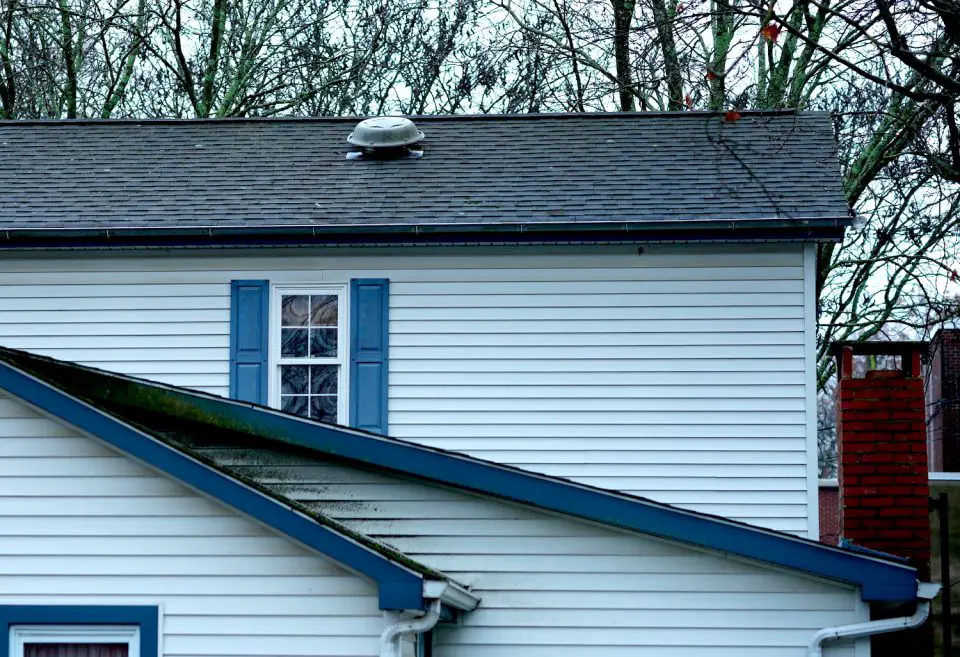
Homeowners are hit with a lot of questions. Some are pretty easy to answer, like how often do you want the lawn service to move your yard each month? Other questions can leave you scratching your head. An example is being asked which of the various types of roof ventilation systems you want to go with. Yep, you have options when it comes to your roof’s ventilation system. Choosing the right vent system takes a little more than pointing at a random option. Some are probably going to work a little better than others to meet your needs.
Active vs Passive Roof Ventilation Systems
Roof ventilation systems fall into two categories. From there, you run into subcategories and we’ll get there in a bit. Active ventilation systems draw fresh air in and dispel old, stale air. Think of it like a fresh breeze constantly circulating air in your home. These types of systems typically use a fan to draw air in and out.
The other category of roofing ventilation systems is passive. These types of systems rely on wind to move the air around. At first glance, active ventilation systems may always seem like the best option. You’re not relying on natural forces. So, even if there isn’t even the slightest breeze air is still being drawn in and out. However, this isn’t always true, sometimes a passive system is the best way to go.
Common Types of Active Roof Vents
An active roof ventilation system draws air through the intake and expels air through the exhaust. The most common types are turbine, hard-wired, solar-powered, and ridge vents with a baffle. Even though these all function basically the same there are some differences.
Turbine or whirlybird vents can still draw out warm air when there isn’t a breeze using convection. The turbine spins pretty much anytime the wind reaches speeds around 5 or 6 miles per hour. When the wind isn’t blowing, turbines are pretty much reliant on convection to remove warm air from the attic. This can make them less effective than some other options.
Hard-wired power vents are pretty common due to their effectiveness in removing warm air from homes in the summer. However, this type of roof vent does add to your electrical bill, Remember, the small vents are connected to your home’s electrical wiring. Mildew forming can also be a problem unless you keep the vent constantly circulating air. Solar-powered roof vents are basically the same as hard-wired ones. The primary difference is the power source. This type of venting system is powered by solar energy which is good news for your utility bills. The main downside is the vent stops circulating air every time the battery needs to charge.
The other popular type of active roof ventilation system is a ridge vent. While pretty common, often due to the low profile, these vents can also have a pretty big drawback. Since the vent doesn’t have a filter, everything from rain and snow to insects can get into your home’s attic. Sometimes the thought of little creepy crawlies getting into your home is enough to make you look at other types of roof ventilation systems.
Common Types of Passive Roof Vents
If silence really is golden for you, and you also don’t want to worry about moving parts breaking down, a passive roof ventilation system can be a great option. You also have a few different types to consider including ridge vents. This is a vent extending horizontally across the ridge of your roof. Since the vent is on the roof’s edge, it’s pretty effective at removing hot air from the home. There also aren’t a lot of downsides to consider. The primary drawback is whether the vent can go on your roof.
Box and gable end vents are options, though not as popular as some of the others. Gable end vents have pretty much fallen out of favor. These vents only work on gabled roofs. Box vents are still fairly common and share several similarities with ridge ventilation systems.
The most popular type of passive roof ventilation system are soffit vents. Generally, soffits are used for intake and ridge vents handle the exhaust. When it comes to appearance, think of box vents. Soffits are almost invisible from the ground and this can do a lot for your home’s curb appeal. Now that you know a little bit more about roofing ventilation systems, are you ready to improve your home’s efficiency?







